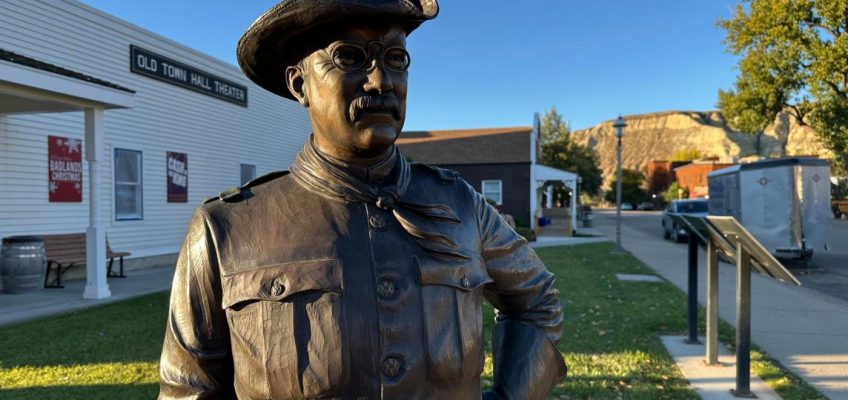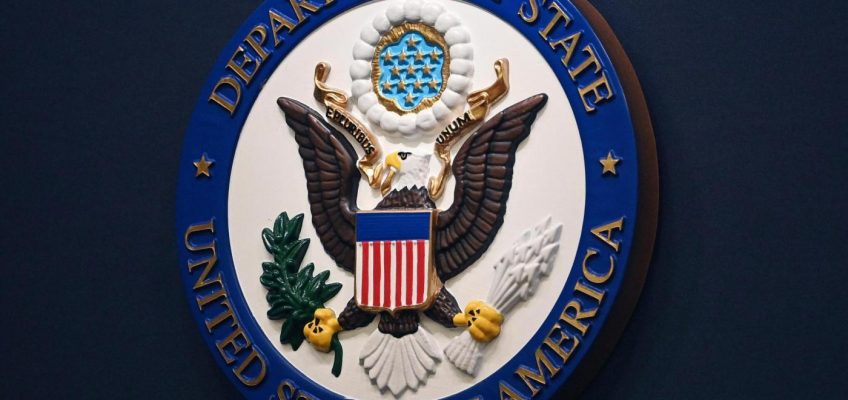By LORNE COOK, Associated Press
BRUSSELS (AP) — Germany on Wednesday pledged more than $2 billion in military aid for Ukraine, as the government in Kyiv signaled that it would need $120 billion in 2026 to stave off Russia’s nearly four-year all-out war.
Related Articles
UN agency says C02 levels hit record high last year, causing more extreme weather
Israeli military says one of the bodies handed over by Hamas is not that of a hostage
Today in History: October 15, Staten Island ferry collision kills 11
What to know about the events leading up to Madagascar’s military coup
Silver hits all-time high as London squeeze sparks market havoc
Defense Minister Boris Pistorius said that Germany would buy $500 million worth of U.S. weapons for Ukraine under a new program to fast-track military equipment. Estonia, Finland, Lithuania and Sweden said that they would also participate in the funding initiative.
Pistorius said that Germany’s “package addresses a number of urgent requirements of Ukraine. It provides air defense systems, Patriot (missile) interceptors, radar systems and precision guided artillery, rockets and ammunition.”
He said that Germany would separately provide “another two Iris-T air defense systems, including a large number of guided missiles, as well as shoulder-fired air defense missiles.” Anti-tank weapons, communication devices and hand-held weapons would also be delivered.
NATO’s fast-track funding program
Over the summer, the trans-Atlantic alliance started to coordinate regular deliveries of large weapons packages to Ukraine to help fend off Russia’s war. The aim was to send at least one load a month of targeted and predictable military support, each worth around $500 million.
Spare weapons stocks in European arsenals have all but dried up, and only the United States has a sufficient store of ready weapons that Ukraine most needs.
Under the financial arrangement — known as the Prioritized Ukraine Requirements List, or PURL — European allies and Canada are buying American weapons to help Kyiv keep Russian forces at bay. About $2 billion worth had previously been allocated since August.
Finland’s defense minister, Antti Häkkänen, said that his country has “decided to join the PURL, because we see that it’s crucial that Ukraine gets the critical U.S. weapons.” Finland will also provide a separate package of its own military equipment.
Swedish Defense Minister Pål Jonson said that “Sweden stands ready to do more.” He welcomed discussions among other Nordic countries and the Baltic nations — Estonia and Lithuania — on helping to make up another load too.
Ukraine’s striking needs for 2026
Germany’s pledge came after a meeting of NATO defense ministers in Brussels, as Ukraine’s Western backers gathered to drum up more military support for their beleaguered partner.
Ukrainian Defense Minister Denys Shmyhal put his country’s defense needs next year at $120 billion.
“Ukraine will cover half, 60 billion, from our national resources. We are asking partners to join us in covering the other half,” he said. He said that “the most efficient, effective, fast” way for Kyiv’s backers to do that would be “to dedicate no less than 0.25% of their GDP (gross domestic product) to military support.”
Air defense systems are most in need. Shmyhal said that last month alone, Russia “launched over 5,600 strike drones and more than 180 missiles targeting our civilian infrastructure and people. Therefore, on the eve of winter, it is very critical to provide us with necessary equipment to repel such attacks.”
Dwindling support
The new pledges of support came a day after new data showed that foreign military aid to Ukraine had declined sharply recently. Despite the PURL program, support plunged by 43% in July and August compared to the first half of the year, according to Germany’s Kiel Institute, which tracks such deliveries and funding.
Jonson said that Sweden believes its aid “is critical now, because we’ve been seeing the wrong trajectory when it comes to support to Ukraine, that it’s been going down and we want to see more stepping up.”
Estonian Defense Minister Hanno Pevkur also expressed concern about a drop in Western backing, noting that “the reality is that the share of the U.S. contributions to Ukraine has decreased significantly this year.”
U.S. Defense Secretary Pete Hegseth said that “all countries need to translate goals into guns, commitments into capabilities and pledges into power. That’s all that matters. Hard power. It’s the only thing belligerents actually respect.”
The Trump administration hasn’t donated military equipment to Ukraine. It has been weighing whether to send Tomahawk long-range missiles if Russia doesn’t wind down its war soon, but it remains unclear who will pay for those weapons, should they ever be approved.
Sharing the burden
Criticism has mounted that France, Italy and Spain aren’t doing enough to help Ukraine, and Häkkänen called on all 32 NATO allies to take on their “fair share of the burden,” saying that “everyone has to find the money because this is a crucial moment.”
France and Italy are mired in debt and struggling to raise money just to meet NATO’s defense spending targets. Spain says it has other economic concerns and insists that it makes up for its spending gap at NATO by deploying troops on the alliance’s missions.
France also believes that European money should be spent on Europe’s defense industry, not in the United States, and it doesn’t intend to take part in PURL.




